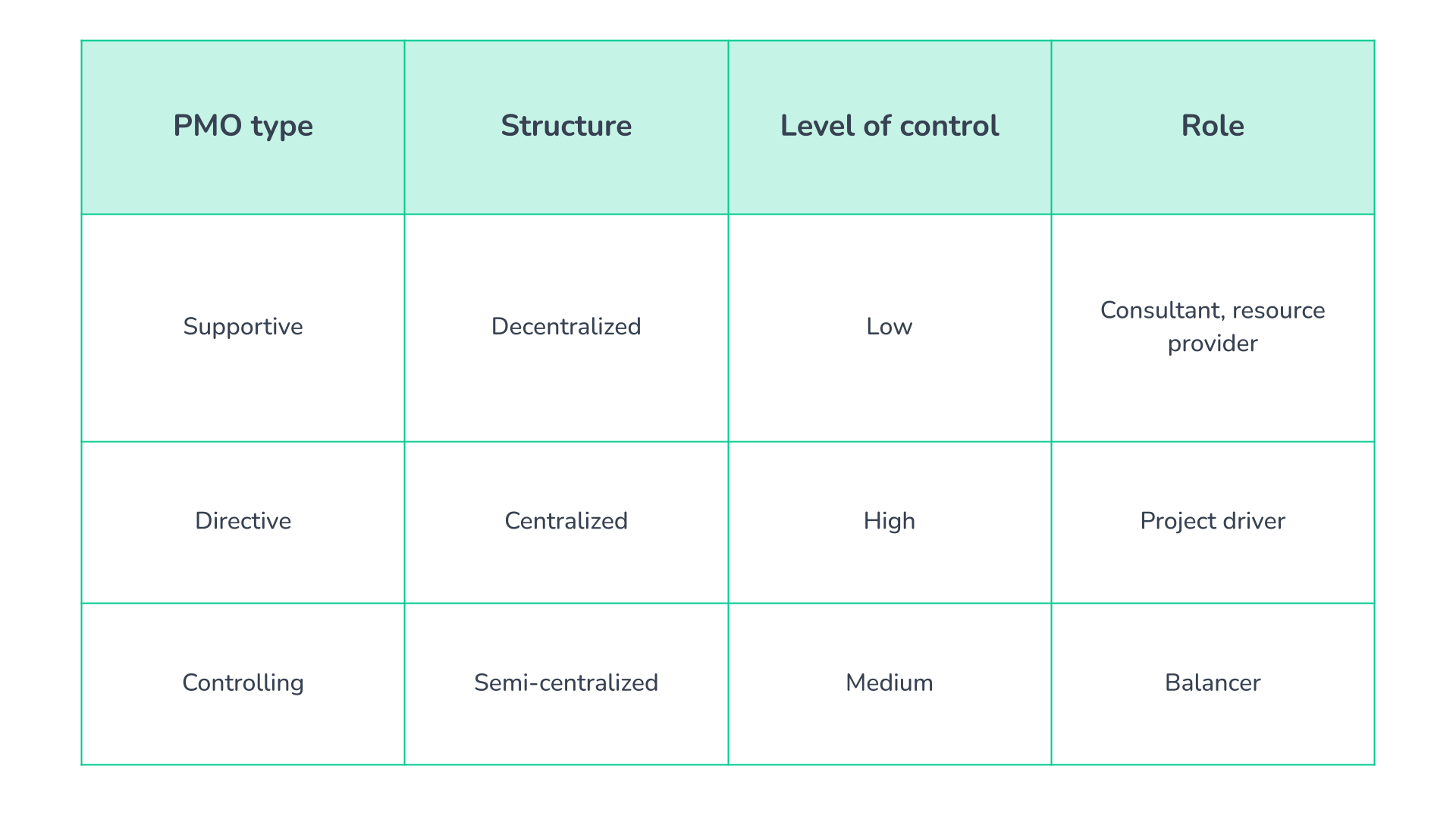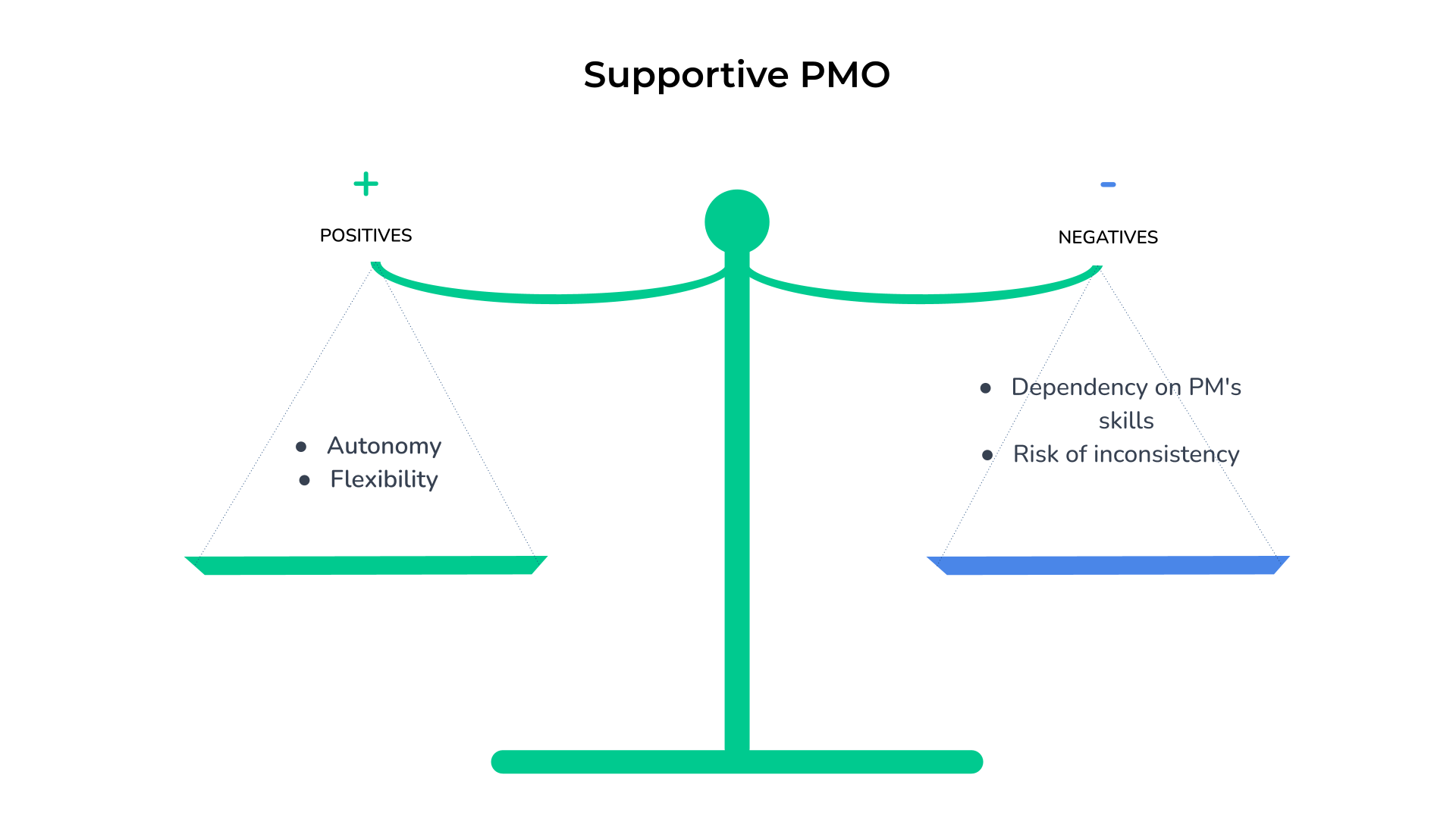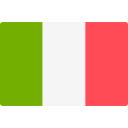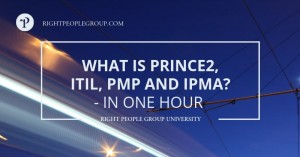Project management is complex. To streamline project management processes and boost project performance, organizations employ a Project Management Office (PMO).
However, not all project management offices are created equal. The structure and roles of the PMO can greatly vary, impacting the way organizations manage projects.
The Project Management Institute (PMI) identifies three primary PMO structures – the supportive PMO, directive PMO, and controlling PMO – each with unique roles and functions. These structures can greatly influence the way organizations manage projects.
In this article, we’ll delve into these three types of PMO structures and examine their impact on your projects.

1. Supportive PMO: The consultant and resource provider
As the name implies, a supportive PMO is there to offer support and resources to project managers and project teams.
It operates on a consultative basis, providing access to project management tools, methodologies, documentation, and training.
However, it does not impose its methods or processes on project teams.
Structure and roles
The supportive PMO is characterized by a decentralized structure.
It operates more like a service desk, providing the necessary tools and resources upon request.
Its main role is to facilitate the sharing of knowledge, best practices, and lessons learned from different projects.
Impact on your projects

Autonomy and flexibility: Since the supportive PMO does not enforce project management methodologies, project managers have more autonomy. They can choose the most suitable approach for their projects, promoting flexibility and innovation.
Dependency on project manager’s skills: However, this approach requires project managers to be well-versed in managing projects to ensure project and program success. The less control the PMO exerts, the more expertise is needed from project managers.
Risk of inconsistency: With flexibility comes the risk of inconsistency in project management processes across different projects. This could potentially hinder effective project tracking and measuring project performance.
2. Directive PMO: The project driver
On the opposite end of the spectrum, a directive PMO takes full control of the projects.
It provides not just support but also direct instructions to project teams.
The directive PMO is involved in every phase of the project, from initiation to execution to closure.
Structure and roles
The directive PMO follows a centralized PMO structure.
It consists of a team of experienced project managers who directly manage projects, enforcing standardized project management frameworks and methodologies across the organization.
This ensures that all projects align with the organization’s strategic objectives.
Impact on your projects

Standardization and control: The directive PMO promotes uniformity across all projects. This standardization makes it easier to compare and measure project performance and promotes project success.
Reduced flexibility: On the downside, the directive approach can limit the creativity and flexibility of project teams. They are required to follow set procedures and use designated project management tools, leaving little room for adaptability.
Risk of resistance: There’s also a risk of resistance from project teams if the PMO’s directives are not aligned with the organization’s culture.
3. Controlling PMO: The balancer
The controlling PMO is a hybrid of the supportive and directive PMOs.
While it does not directly manage projects, it maintains a certain degree of control over project management processes.
Structure and roles
The controlling PMO has a semi-centralized structure.
It sets guidelines for project management processes and expects project teams to adhere to them.
While it doesn’t directly manage projects, it does require compliance with specific practices and may intervene if there are significant deviations.
Impact on your projects

Balance of control and flexibility: The controlling PMO offers a balance between standardization and flexibility. While project teams need to follow certain guidelines, they still have room to adjust and adapt to specific project needs.
Improved project performance: By ensuring adherence to best practices, the controlling PMO can enhance project performance and improve the chances of project success.
Risk of confusion: The key challenge here is to maintain the right balance between control and autonomy. If not properly managed, this can lead to confusion and lack of clarity among project teams.

Exploring other types of PMOs
While we’ve discussed the three common types of PMOs – supportive, directive, and controlling – it’s important to highlight that these are not the only types.
There are also enterprise PMOs and departmental PMOs, each having a unique focus and set of responsibilities.
Enterprise PMOs
An enterprise PMO operates at the organizational level, providing a high-level overview of all projects and programs within the organization.
Its role extends beyond individual project support and direction to encompass strategic project portfolio management.
Here’s how an enterprise PMO can influence an organization:
Organizational overview: Enterprise PMOs have a broad perspective of the organization’s projects, allowing for holistic decision-making based on the overall strategic goals of the organization.
Project portfolio management: They oversee project portfolio management, ensuring that the portfolio aligns with the organization’s strategic objectives.
Resource management: An enterprise PMO can help optimize the allocation of resources across all projects, balancing demands and capacity, and enhancing efficiency.
Departmental PMOs
On the other hand, a departmental PMO focuses on a specific department within the organization.
Its roles and responsibilities are tailored to the unique needs of that department.
Consider the following impacts of a departmental PMO:
Department-specific support: They provide support tailored to the specific needs, challenges, and goals of their department.
In-depth knowledge: Because they’re focused on a specific department, these PMOs can develop an in-depth understanding of departmental processes, enabling more effective support and guidance.
Improved departmental coordination: A departmental PMO can enhance coordination within the department, improving project execution and success.
Variations in PMO function
Beyond the structures mentioned, it’s worth noting that a PMO could also function as a program management office or a portfolio management office, depending on the organization’s needs.
A program management office focuses on coordinating related projects to achieve program-level goals.
A portfolio management office oversees a collection of projects, programs, and operational activities to ensure alignment with organizational strategy.
These PMO variations highlight the flexibility in PMO structures, each focusing on different aspects of project, program, and portfolio management, including resource management. Thus, understanding your organization’s unique needs is crucial in selecting the most suitable PMO structure.
Effectiveness of project management team structures
Besides understanding the basic structure and roles of these different types of PMOs, it’s important to know more about the factors that influence their effectiveness, when each type may be most appropriate, and how to transition between different types if needed.
Understanding the environment
The effectiveness of a PMO isn’t determined by the structure alone. The environment in which a PMO operates plays a critical role.
For example, a directive PMO can be highly effective in an environment that appreciates a top-down approach and where projects are complex and high-risk.
In contrast, a supportive PMO can thrive in an environment that values flexibility and where project managers are experienced and capable of leading their projects.
Selecting the right PMO type
Choosing the right PMO type requires a thorough understanding of your organization’s needs, culture, and project management maturity.
For example, if your organization is new or just beginning to use formal project management practices, a supportive PMO could be beneficial. This type of PMO provides resources and advice without exerting strong control, which can help your organization gradually develop its project management abilities.
On the other hand, if your organization has been managing projects for a long time and has mature, established practices, a controlling or directive PMO could be a better choice. These types of PMOs ensure that all projects follow the same procedures and standards, helping your organization maintain consistency and meet compliance requirements.
Transitioning between PMO types
It’s also important to note that an organization’s needs and environment can change over time, necessitating a shift from one PMO type to another.
For example, a company may start with a supportive PMO, but as it grows and its projects become more complex, it might find a directive or controlling PMO more beneficial.
This transition can be complex and requires careful planning and communication to ensure a smooth changeover.
Combinations and customizations
Lastly, it’s essential to understand that these PMO types are not rigid.
They represent common structures that organizations can adopt, but many companies choose to customize or combine elements from different types to best suit their unique needs.
For example, an organization might have a primarily directive PMO that also provides supportive services such as training and resource libraries.
Conclusion
Choosing the right PMO structure is a crucial decision that can significantly impact project outcomes. By understanding the different types of PMO and their impacts, organizations can make more informed decisions about the PMO structure that best suits their needs and enhances their project management capabilities.












